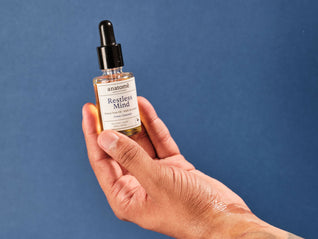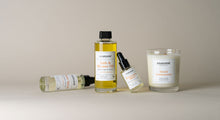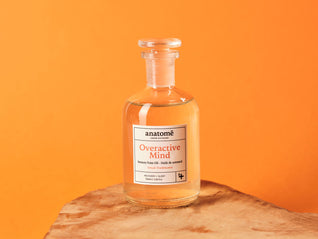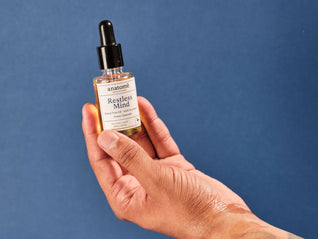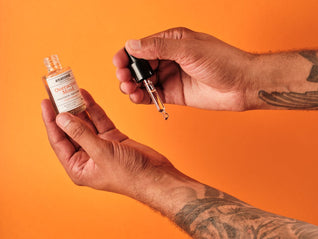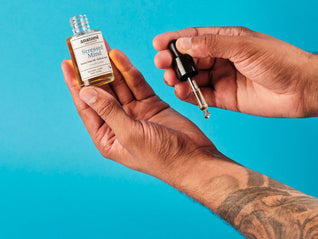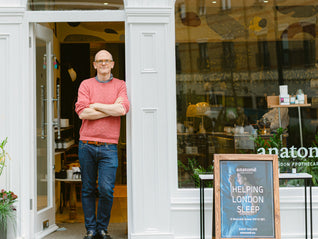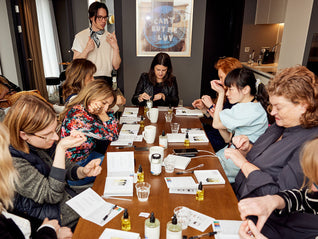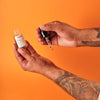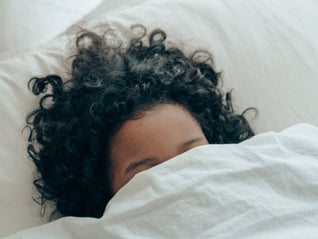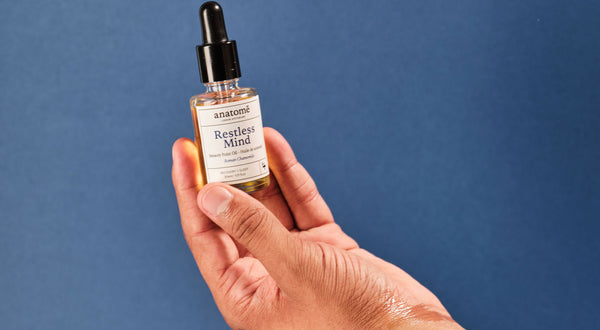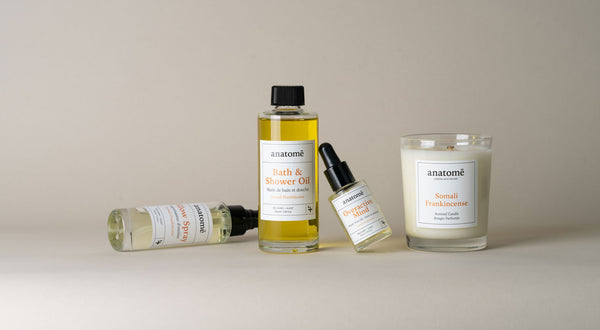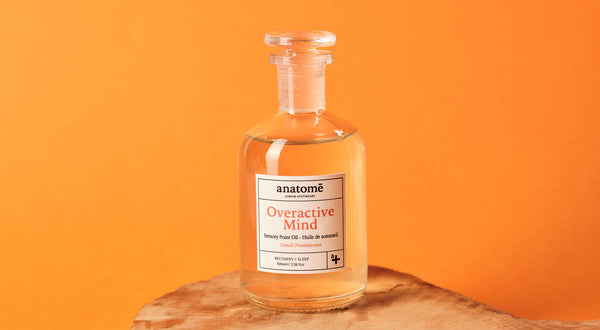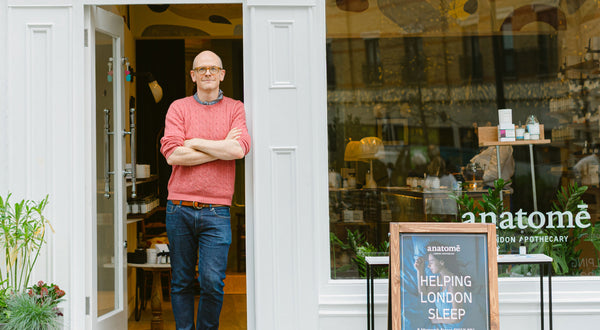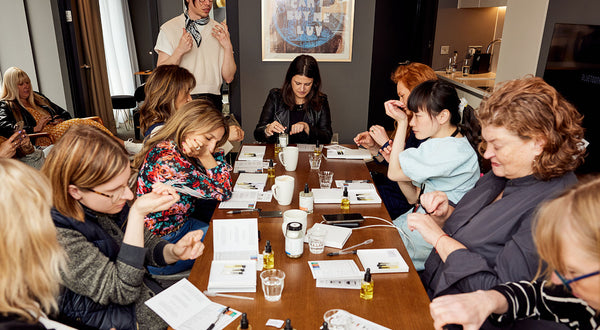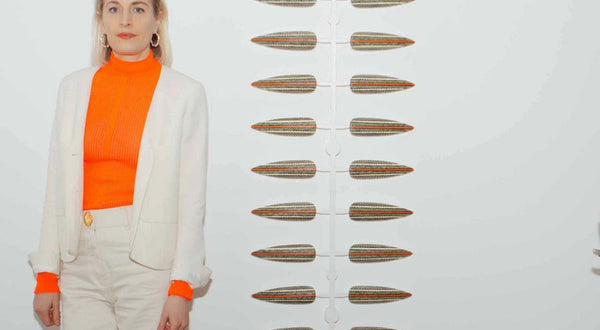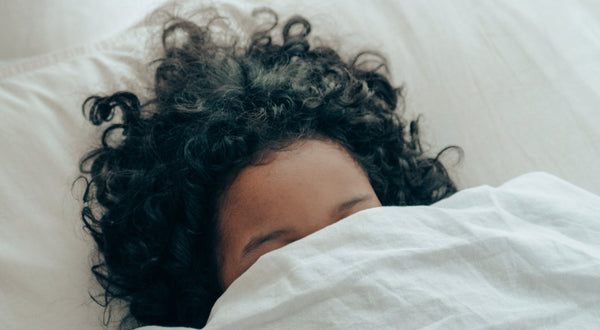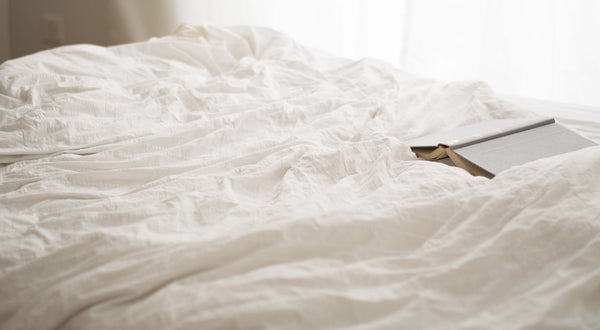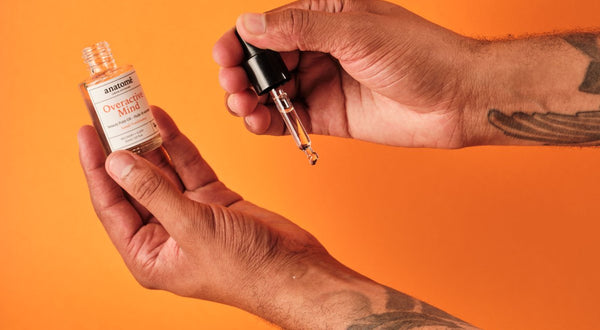Respecting one’s circadian rhythm is something we talk about a lot here at anatomē. It’s your body’s internal clock, cycling from alertness to sleepiness, a shift of hormones throughout the day and night.
One piece of advice for maintaining that circadian rhythm, which is affected by the body’s exposure to light and darkness, is to go to bed shortly after sunset. But this becomes especially difficult to follow when we reach the dark days of winter— especially here in London, it’s all but impossible when the sun sets before 4pm. Many of us don’t even finish work before 6pm, so what are we to do? Bid farewell to a healthy circadian rhythm until summer?

Published by the University of Washington’s School of Public Health, an interview with Dr. Richard Stevens sheds some light (excuse the pun) on potential health risks of poor circadian rhythm management, and how you can mitigate the effects of our ever glowing modern world with a bit of interior design in the form of candles and red/orange light. (Read full article here)
- As you mention in your research, there is mounting evidence that interruptions in circadian rhythm can increase breast cancer risks, among other cancers and diseases. This question is two-fold: what is the extent to which circadian disruption compromises human health and what types of electric light are the worst disruptors?
We have learned a great deal about what kind of light affects circadian rhythmicity the most, and the findings could probably have been predicted: bright short wavelength light (blue) has the strongest effect on lowering melatonin, whereas the dimmer long wavelength (yellow and red) light from a campfire or a candle, for example, has very little effect. Bright light from the Sun to make daylight blue is a benefit in the morning when we need to be alert and awake, whereas when bright blue light comes during the night, it fools the body into thinking it’s daytime. The topic got a serious boost with the 2017 Nobel Prize in Physiology or Medicine being awarded to three researchers “for their discoveries of molecular mechanisms controlling the circadian rhythm.”
The concern is with exposure to excessive electric light during the night (anytime from sunset to sunrise) over a period of years or decades. For most people, light exposure in the evening, from sunset to when lights are turned out for sleep, matters. This period of several hours is crucial for excessive light to have impact in disrupting circadian rhythmicity by delaying transition to nighttime physiology, which should begin at sunset. Experimental studies in humans have shown that relatively brighter, shorter wavelength light (i.e., bluer light) in the evening delays this important physiological transition compared to dimmer, longer wavelength light, and importantly degrades sleep quality. In addition, evidence is mounting that circadian disruption from excess light at night increases risk of many adverse conditions common in the modern world including diabetes, obesity, cancer, and depression.
- What can individuals do to mitigate the risks caused by electric light?
No matter what the light source, the fewer photons per second hitting the retina at night, the lower the circadian effect. For example, increasing the distance between the eye and the source will lower the adverse impact of the light; a smartphone at 18 inches will have exponentially less circadian effect than the same phone at 9 inches. And during the day, use of high blue content light bulbs (e.g., CFL and “white” LED) in the morning, while changing to low blue content at sunset (e.g., low wattage incandescent or candles, if you dare) will allow a robust circadian rhythm to continue.
One specific issue is going to the bathroom during the night. The vanity lighting around the mirror in a typical bathroom can begin suppression of melatonin almost immediately. Instead, do as I do and have a small red night-light, which is enough for safety, but allows nighttime physiology to continue uninterrupted. I’m quoted in the May, 2009 issue of Reader’s Digest on this, so it must be true.
